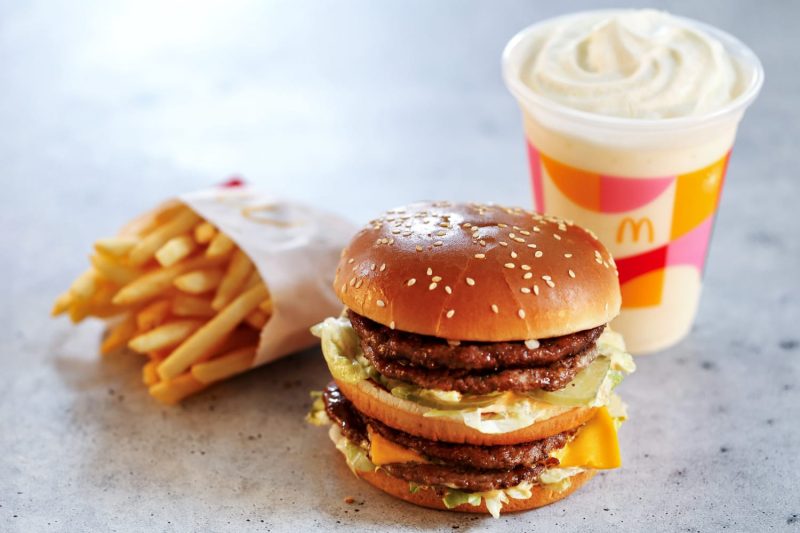Over the past couple of years, complexities have appeared and evolved in the world of fast food; among these, the hike in prices is arguably the most difficult to stomach – both for consumers and businesses. According to recent words from a McDonald’s executive, the average cost of menu items has shot up by an eye-catching 40% compared to what prices were in 2019.
Analysing trends in the fast-food industry, one might deem this an unfortunate but inevitable result of the tumultuous epoch we’ve been living in. Various factors contribute to this price surge, among which the repercussions of the pandemic and its consequential financial strain.
The Covid-19 pandemic, as we all know, caused an enormous disruption to global supply chains. Its ripple effect has been felt in all sectors, including those of fast food restaurants. This disruption caused major supply chain issues such as product shortages and increased cost of goods. All of these factors led to a consequential rise in prices as businesses were forced to adjust in order to cope and stay afloat.
In addition to the pandemic’s impact, the rise in prices can also be attributed to increased labour costs. An upward trend in wages is an aftermath of low employee retention and scarcity of manpower in the fast-food industry. The inflation in wages meant that businesses had to compensate somehow, which is why the consumers started witnessing a hike in the price of their favorite fast food items.
Lastly, another possible factor could be attributed to businesses’ overall strategic approach to revamping and enhancing their menus. McDonald’s, for instance, introduced more premium products to innovate their menu offerings which comes at an extra cost, inevitably contributing to an overall price hike.
However, McDonald’s, a household name in the world’s fast-food industry, is not necessarily at the mercy of these factors. The multinational corporation has attempted to execute precautionary measures and mitigation strategies to offset some of these challenging costs it has endured.
For the phase of increased labor costs, it experimented with technology and automation, such as self-service kiosks and mobile ordering. This has indirectly helped control their spending on labor. Moreover, regarding the price increases, McDonald’s has carefully managed and balanced the price hike to retain consumer loyalty and satisfaction.
Their impressive drive-thru model has also been a revenue driver during these uncertain times. This model not only caters to safety concerns amid the pandemic but also offers convenience to consumers, which is a value in and of itself.
To sum up, the increase in the prices of McDonald’s menu items is consequential to a myriad of factors, ranging from the ubiquitous effects of the pandemic to more industry-specific factors such as increased labor costs and the pushing of premium products. In navigating these trying times, companies, including McDonald’s, have displayed resilience, resourcefulness, and a necessary flexibility to overcome these challenges and keep the trust and loyalty of their customers. It is without a doubt a testament to the ever-changing and dynamic nature of the business world.




